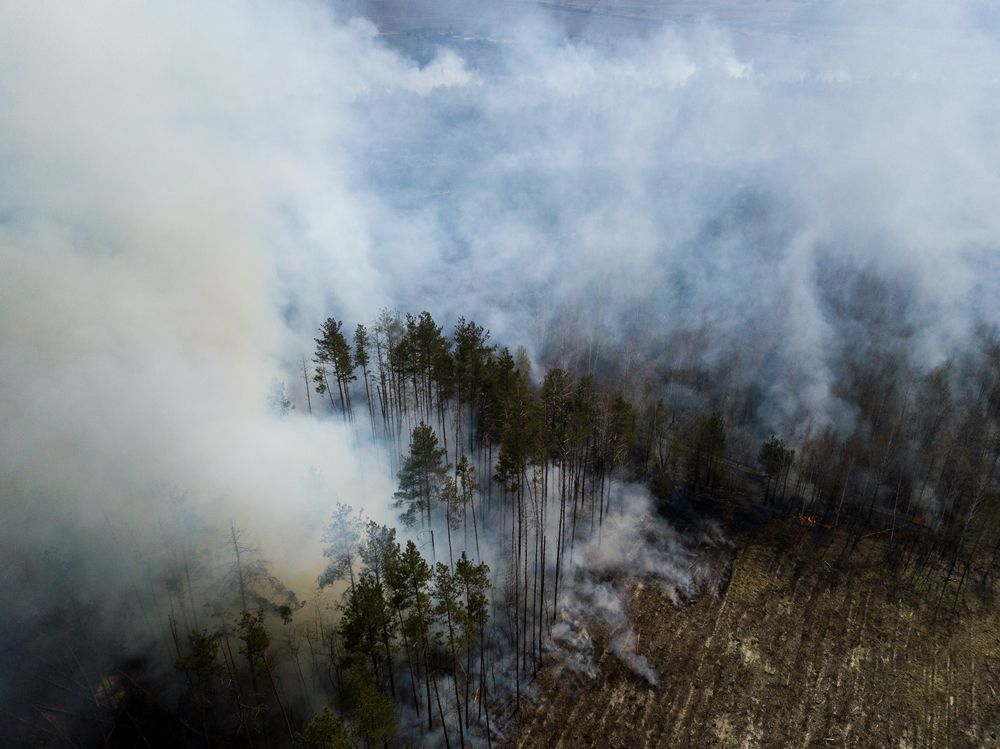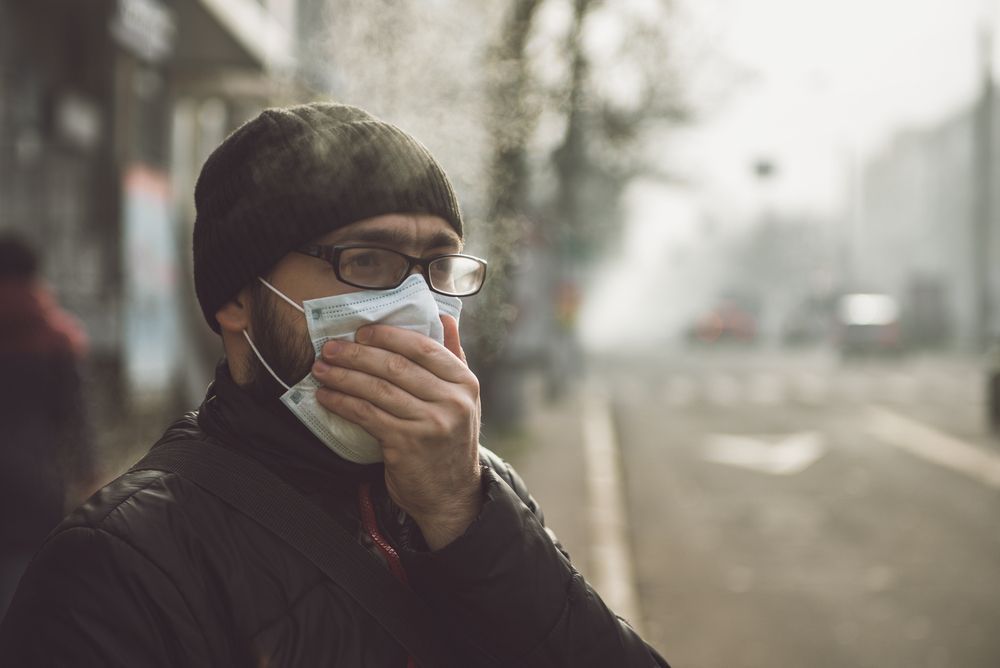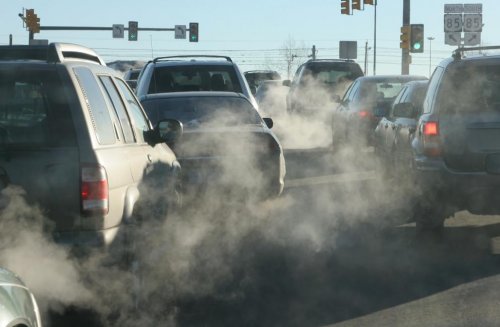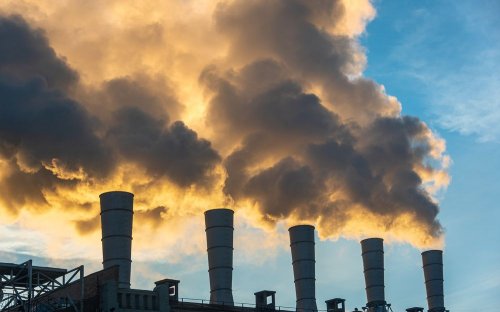Air pollution with PM2.5 and PM10 particulate matter, or dust, is a serious problem that affects human and animal health. Although such dust is a natural phenomenon, due to anthropogenic impact, more than 99.9% of people on the planet breathe air with an excessive content of PM2.5 particulate matter.
Read more about how such dust is formed, its dangers, and ways to combat air pollution in EcoPolitic's article.
PM2.5 particles got their name due to their size – their diameter does not exceed 2.5 microns. They are suspended in the air, like single-celled algae in water, and have a rather low settling speed.
Such dust is naturally formed during volcanic eruptions, landslides, sandstorms, etc. However, it is usually humans who create the largest amount of such dust.
How is PM2.5 dust formed?
The main source of PM2.5 is transport and the burning of fossil fuels. Thus, during the movement of the car, particles of tires and brake pads, emissions from burning gasoline and asphalt pavement turn into dust. In addition, sources of dust are construction sites, cement production, agriculture, forest fires, dry burning and garbage, etc. PM2.5 can even form from toxic gases in the air, which under certain conditions react with each other and form crystals.

Weather conditions are also an important factor in such air pollution. For example, even a little rain can significantly reduce the level of smog, and the wind can "disperse" dusty air, which is especially relevant in dense urban areas.
How dust pollution affects health
According to scientists, there is no safe level of dust pollution, but the consequences of inhaling it can vary. For example, short-term inhalation of polluted air can cause coughing, choking, other respiratory symptoms, and allergies. After all, dust can become a kind of "carrier" for allergenic substances.
This dust can also accumulate in the human body, especially during long-term pollution. PM2.5 particles can penetrate the bronchi and lungs, causing inflammation and destroying their cells, which makes it difficult for normal gas exchange.
In addition, the dust has a negative impact on the circulatory and cardiovascular systems and leads to blood clotting, which increases the risk of thrombosis, causes arrhythmias and tachycardia, and constricts blood vessels. Ultimately, exposure to PM2.5 increases the risk of coronary heart disease, myocardial infarction, and stroke. Air pollution can also affect intellectual decline, especially in children and the elderly, and cause degenerative brain processes in the latter.
According to the World Health Organization, from 1990 to 2010, 3.1 million people died from causes related to PM2.5 particles. This dust reduces life expectancy by an average of 8.6 months. In total, PM2.5 is responsible for 3% of deaths from cardiovascular and respiratory diseases and 5% of deaths from lung cancer. In 2021, in the European Economic Area, PM2.5 pollution caused 253,000 premature deaths and about 1,200 child deaths.
How to protect yourself from PM2.5
It is practically impossible to completely protect yourself and your loved ones from the negative effects of air pollution. However, plans can be adjusted to limit outdoor exposure when PM2.5 concentrations in the air are high. Air quality can be monitored on online resources such as SaveEcoBot , LUN City of AIR , Etso-Chita . For residents of Kyiv, information about air quality is available in the "Kyiv Digital" mobile application, which also informs users about the deterioration of air quality in the city.

If it is impossible to avoid prolonged exposure to the outdoors, it is worth using special respirators for air filtration.
However, the most effective way is to actively participate in the environmental life of the community, namely to reduce industrial pollution, including dust suppression measures and installation of filters, refusal from fossil fuels, transition to public and ecological transport, increase in the number of green spaces, etc.
It is worth noting that in a number of Ukrainian cities, especially in winter, the level of dust pollution often reaches harmful levels. Communities are developing programs to combat this phenomenon.





